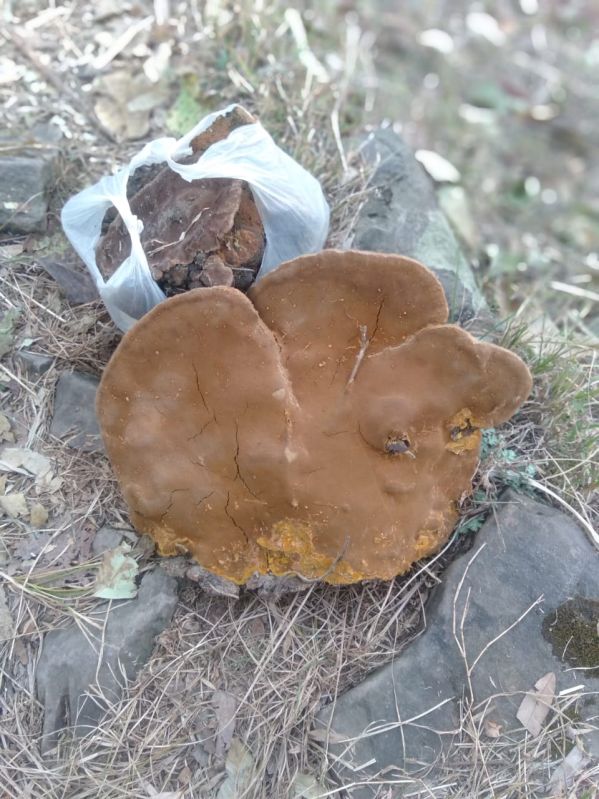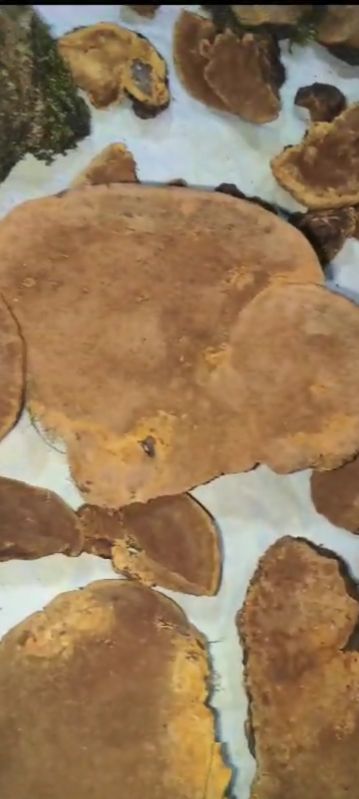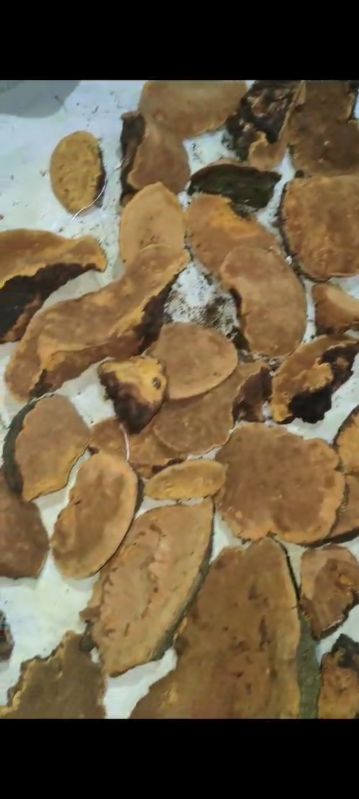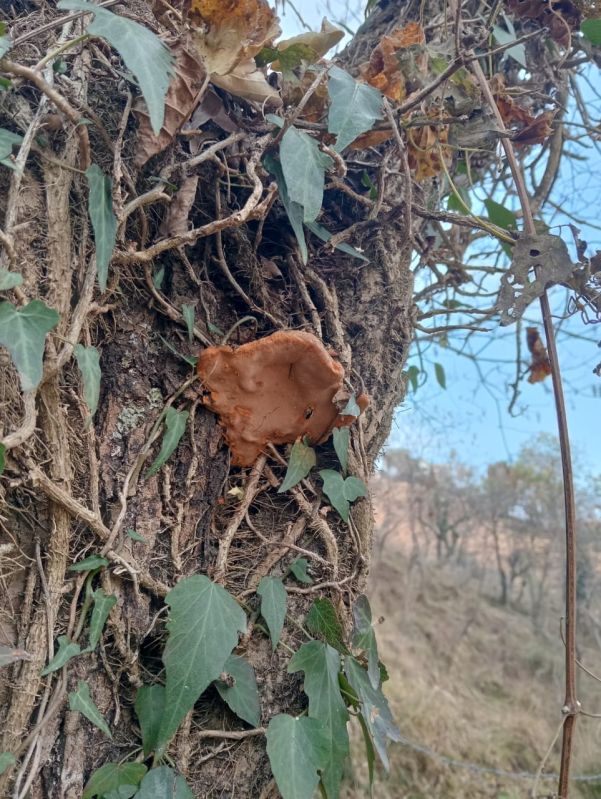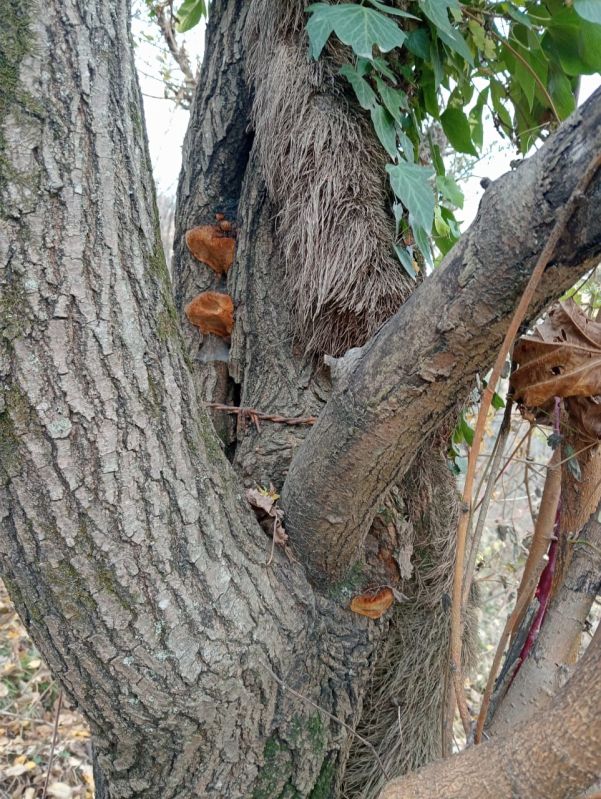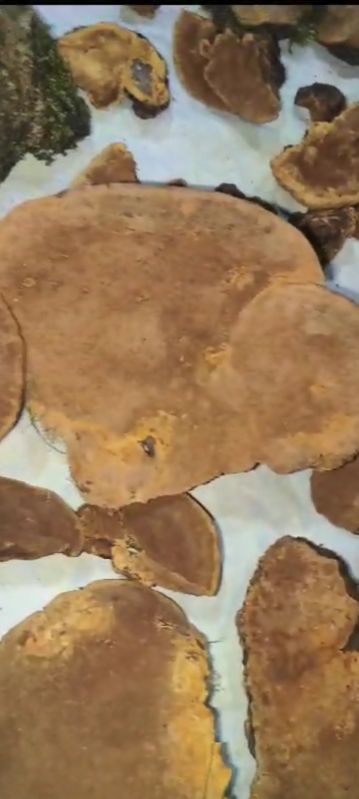Company Information
Ask for more detail from the seller
Contact SupplierEtymology and association with mulberryedit
The Japanese name メシマコブ is composed of メシマ, an island of Gotō, Nagasaki, where this mushroom used to grow, and コブ, which means bump, referring to the mushroom's appearance. Per Wu et al. (2012) citing Ito (1955) and Imazeki and Hongo (1989), this is a mushroom that is always said to be on mulberry trees.[2]
The Chinese name 桑黃 / 桑黄 is composed of 桑 ("mulberry tree") and 黃 / 黄 ("yellow"). The Korean name 상황 is from Chinese.
Historical recordsedit
The earliest attestation of the name 桑黃 is in Yaoxing Lun.[3]
Various Chinese historical records documented Xinzhou sanghuang (信州桑黃), in which Xinzhou is a place name in modern-day Jiangxi. It was depicted with hair-like objects, apparently describing Inonotus hispidus.[4]
Folk understandingsedit
In Tonghua, Jilin, various mushrooms were seen as sanghuang by the locals, where it was used to treat cancer and stomach illnesses. The report described the mushrooms and attached photos, but didn't identify them by Latin names
